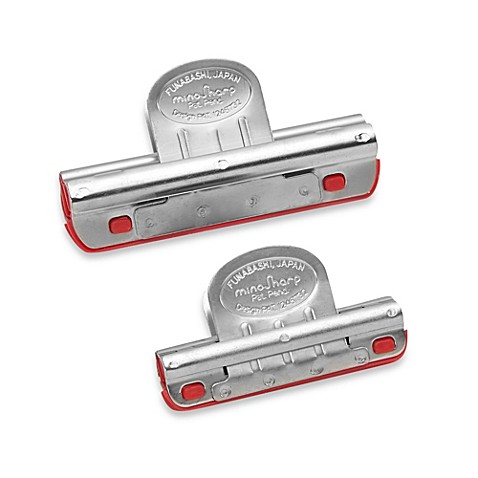Condorsat
Audio Enthusiast

So the sum total of my experience w/ knife sharpeners has been these two sharpining steels like the one in the image above. They came with two knife block sets that I've owned for years ... one was Chicago Cutlery & the other
 a culinary school knife set.
a culinary school knife set.I'm trying something different ... just ordered a Japanese wet stone ... YouTube video below
 ... Ordered a King Home Stone #1000 today. I'm going to be using it to sharpen my everyday kitchen knives.
... Ordered a King Home Stone #1000 today. I'm going to be using it to sharpen my everyday kitchen knives.This will take care of my straight blade knives ... but the serrated ones ... does anybody sharpen those? I've read that some people sharpen those with the steel above.
Last edited:






